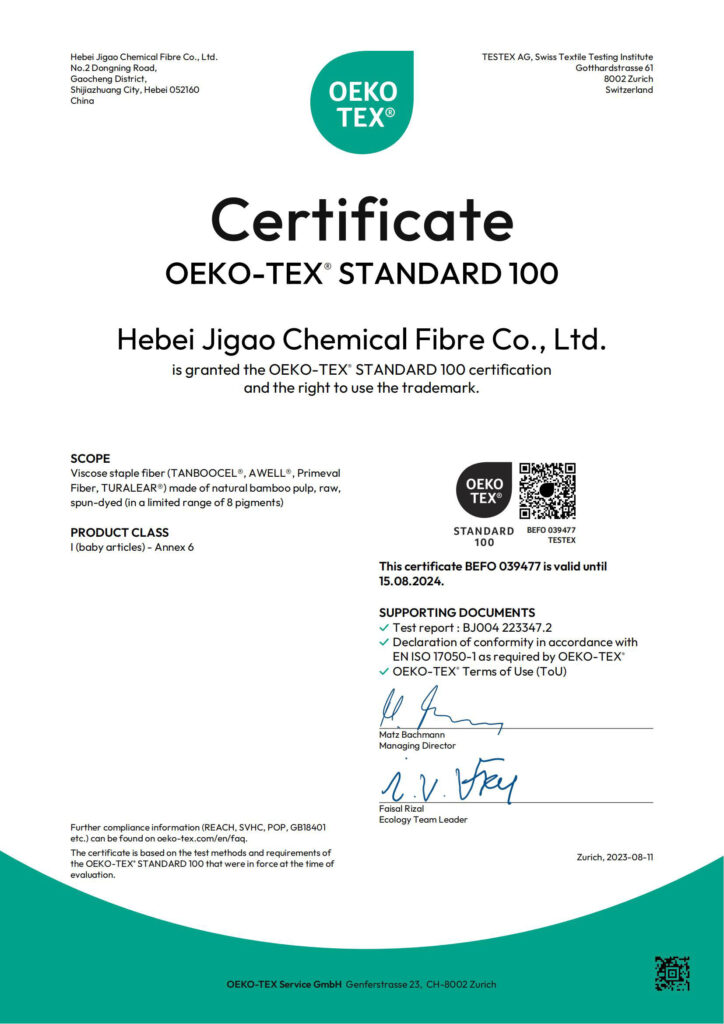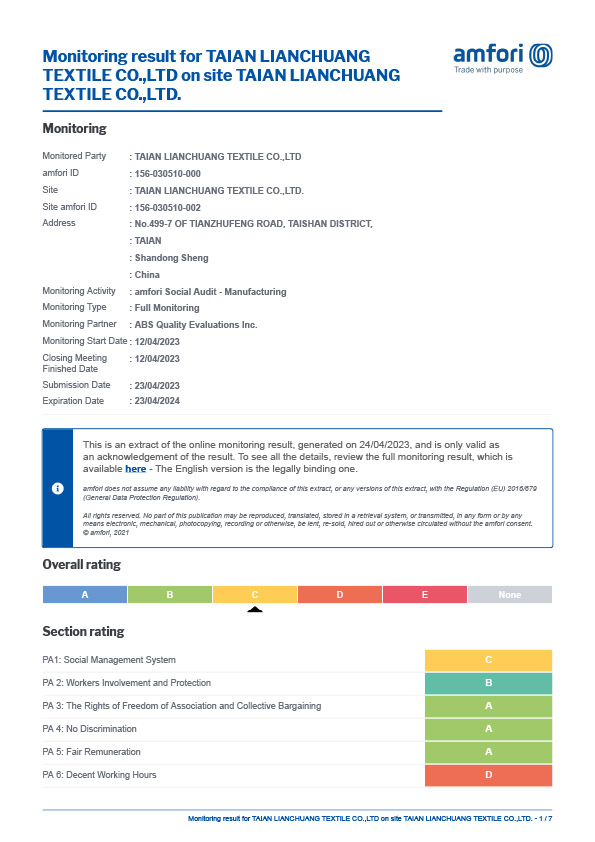
Introduction
When it comes to our precious little ones, ensuring the safety and quality of their clothing is paramount. As a responsible parent or caregiver, understanding the intricate details of safety standards in baby and children's clothing is crucial. From material composition to manufacturing processes, every aspect plays a vital role in safeguarding our children against potential hazards.
Importance of Safety Standards
Ensuring compliance with safety standards in baby and children's clothing is not just a legal requirement but also a moral obligation. These standards are put in place to protect our children from potential harm caused by unsafe materials or poorly constructed garments. By adhering to these regulations, manufacturers can guarantee the safety and well-being of young consumers.
Key Safety Standards
CPSIA Compliance: Ensuring Child Safety
The Consumer Product Safety Improvement Act (CPSIA) sets stringent guidelines for children's products, including clothing. From lead content limits to flammability requirements, CPSIA compliance is essential to guaranteeing the safety of children's clothing.

OEKO-TEX Certification: Confidence in Textiles
OEKO-TEX certification ensures that textiles used in baby and children's clothing are free from harmful substances. This globally recognized certification provides peace of mind to parents, knowing that the garments their children wear meet strict safety criteria.

BSCI Certification: Ensuring Ethical Production Practices
The BSCI certification is dedicated to promoting ethical production practices across global supply chains. It focuses on improving working conditions, including labor rights, occupational health, and safety standards. This certification provides assurance to consumers that the products they purchase, including baby and children's clothing, are manufactured under fair and humane conditions.

Choosing Safe and Quality Clothing
Material Selection: Opting for Natural Fibers
When selecting clothing for babies and children, prioritize natural fibers such as organic cotton and bamboo. These materials are gentle on delicate skin and less likely to cause allergic reactions compared to synthetic fabrics.
Construction and Design: Prioritizing Durability
Inspect clothing for sturdy seams, secure buttons, and durable zippers. Well-constructed garments are not only safer but also more resistant to wear and tear, ensuring longevity despite frequent washing and active play.
Ensuring Compliance in Manufacturing
Quality Control Measures: Upholding Standards
Implement stringent quality control measures throughout the manufacturing process to ensure compliance with safety standards. Regular inspections and testing procedures are essential to identifying and rectifying any potential issues before products reach consumers.
Supplier Verification: Partnering with Trusted Sources
Collaborate with reputable suppliers who prioritize safety and quality in their materials. Conduct thorough background checks and audits to verify compliance with regulatory requirements and ethical manufacturing practices.
FAQs
What are the common safety hazards in children's clothing?
Common safety hazards in children's clothing include choking hazards from small parts, such as buttons or beads, strangulation risks from drawstrings, flammability hazards if the fabric is not flame-resistant, and potential chemical hazards from dyes or finishes.
How can I ensure that clothing labels provide accurate information about materials and care instructions?
To ensure clothing labels provide accurate information, look for garments with clear and detailed labels that include fabric composition, care instructions, and safety warnings. Additionally, you can verify the information by checking for certification labels such as OEKO-TEX, which guarantee the absence of harmful substances.
Are there specific safety standards for sleepwear and outerwear?
Yes, there are specific safety standards for sleepwear and outerwear. For example, sleepwear must meet flammability requirements to reduce the risk of burn injuries. Outerwear intended for outdoor activities may also need to meet additional safety standards for visibility and weather resistance.
Can hand-me-down clothing still meet safety standards?
Hand-me-down clothing can still meet safety standards if they have not been recalled or deemed unsafe, have not undergone significant wear and tear that compromises safety features, and meet the same safety criteria as new clothing, including flammability and choking hazard standards.
What should I do if I discover a safety issue with children's clothing?
If you discover a safety issue with children's clothing, you should stop using the garment immediately to prevent potential harm. Contact the manufacturer or retailer to report the issue and request a refund or replacement. Additionally, report the safety concern to the appropriate regulatory agency, such as the Consumer Product Safety Commission (CPSC), to help prevent similar incidents in the future.
Are there any alternative clothing options for children with sensitivities to certain materials?
Yes, there are alternative clothing options for children with sensitivities to certain materials. Consider options such as clothing made from organic cotton or bamboo fabric, which are hypoallergenic and gentle on sensitive skin. Look for clothing without harsh dyes or chemicals, and opt for seamless and tagless designs to minimize irritation. These alternatives can provide comfort and safety for children with sensitivities.
Conclusion
Understanding safety standards in baby and children's clothing is essential for ensuring compliance and quality. By prioritizing CPSIA compliance, OEKO-TEX certification, BSCI (Business Social Compliance Initiative) Certification: Ensuring Ethical Production Practices, manufacturers can create garments that offer both safety and comfort to young wearers. As caregivers, it is our responsibility to make informed choices when selecting clothing for our little ones, prioritizing their health and well-being above all else.